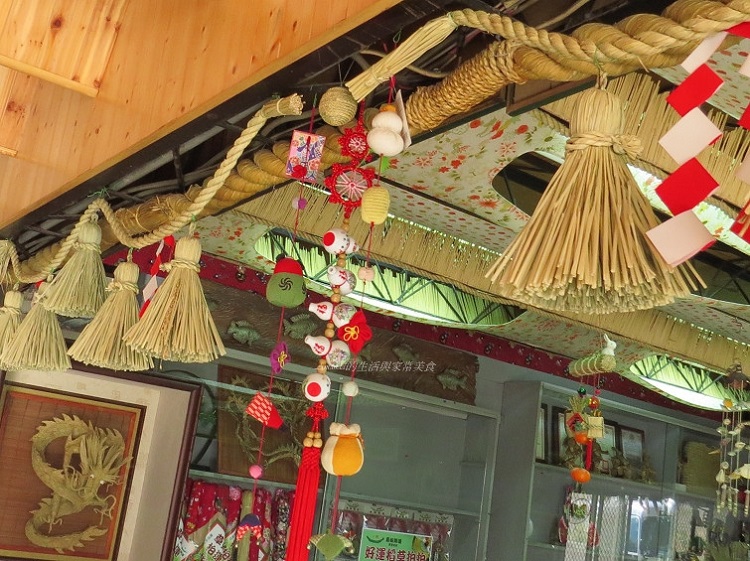
In the process of strong integration like today, Japan no longer welcomes the Lunar New Year as other countries in Asia but traditional cultural features are still preserved in the Japanese New Year. For those who intend to go on a cheap Japan tour on the occasion of the New Year, it is advisable to find out about the holiday activities that we will introduce shortly.
January in Japan is called “Oshougatsu” which means “Chinh Nguyet”. The traditional New Year in Japanese called “Oshougatsu” originates from the custom of welcoming the New Year god Toshigamisama, the god symbolizing health, luck and prosperity. In the old days when Japan was still celebrating the Lunar New Year like other Asian countries, Oshougatsu was used to call for the New Year’s celebration. However, Japan later moved to celebrate New Year, which is the first day of the calendar month – one of the most important traditional holidays of the year, an occasion for family members from near and far to gather and pray. welcome the new year together. Let’s explore the Japanese New Year activities offline.
Hanging Shimenawa in front of the door
On this occasion, Japanese families will place in front of the gate or firm of a tree or Kadomatsu tree composed of pine branches arranged in fresh bamboo sticks. The Japanese believe that bamboo is a ladder to welcome the new year god, pine also brings luck and longevity. In addition to other items such as ropes twisted with hay, white strips of paper are also used to decorate, symbolizing the wishes of the Japanese in the new year. In addition, the Japanese also hung Shimekazari charms on Oshougatsu day with the meaning of not allowing demons into the house.
Hanging Shimenawa in front of the door
Hanging Shimenawa in front of the door
Ancestor worship and the gods
Like other Asian countries, the New Year is an occasion to honor grandparents, ancestors, and gods. They placed thick cakes and Tokonoma cakes on the altar, in order to pay homage, and to be blessed by the gods. The nature of ancestor worship is a message of belief that both the living and the dead have close and supportive relationships. Descendants visit and pray to their ancestors, their ancestors protect and lead the posterity. This is a very important ceremony to remember. showing respect and filial piety to the deceased.
The first day of newyear is to eat Ozoni cake
In ancient Japanese legends, on the first day of the New Year, the god Toshidon appeared, bestowed on the obedient and obedient Ozoni parents. Since then, with the desire to enjoy many gifts from the gods, Japanese people often eat Ozono on the first day of Tet.
The first day of newyear is to eat Ozoni cake
The first day of newyear is to eat Ozoni cake
Lucky money at the beginning of the year
Japanese people often have a tradition of writing postcards during Tet. This is similar to Western culture when postcards send their best wishes, expressing the most sincere feelings to the person they love. This custom also shows the culture of “thank you” of Japanese people.
Folk games
In Japan, kite flying Takoage is quite popular on New Year. The kites have different shapes and decorations depending on the locality. There are also many traditional games like Hanetsuki badminton, Komamawashi spinning, … This is an activity that attracts a lot of participants and responds.
Going to the temple at the beginning of the new year
Going to pagoda at the beginning of the year has become the custom of Japanese people, temples have become the most attractive places. People go to temples and pagodas to pray for happiness and good luck in the new year. They often buy talismans, and draw hexagram and take it to contemplate for the coming days of the year.
From there, it can be seen that even though they have moved to celebrate New Year, the Japanese still retain many of their traditional traditions